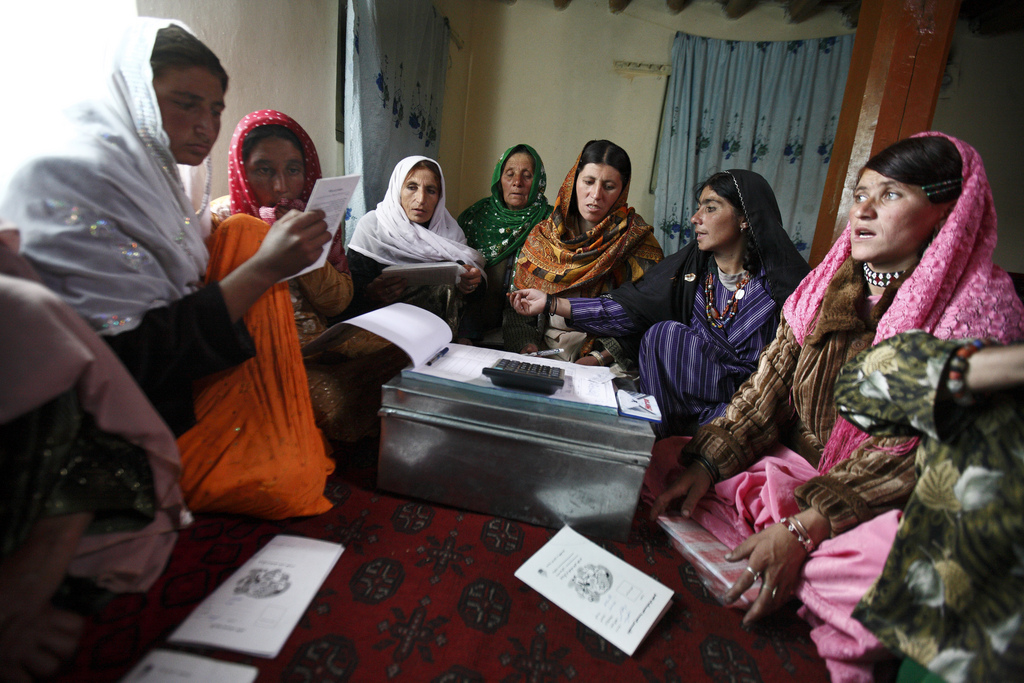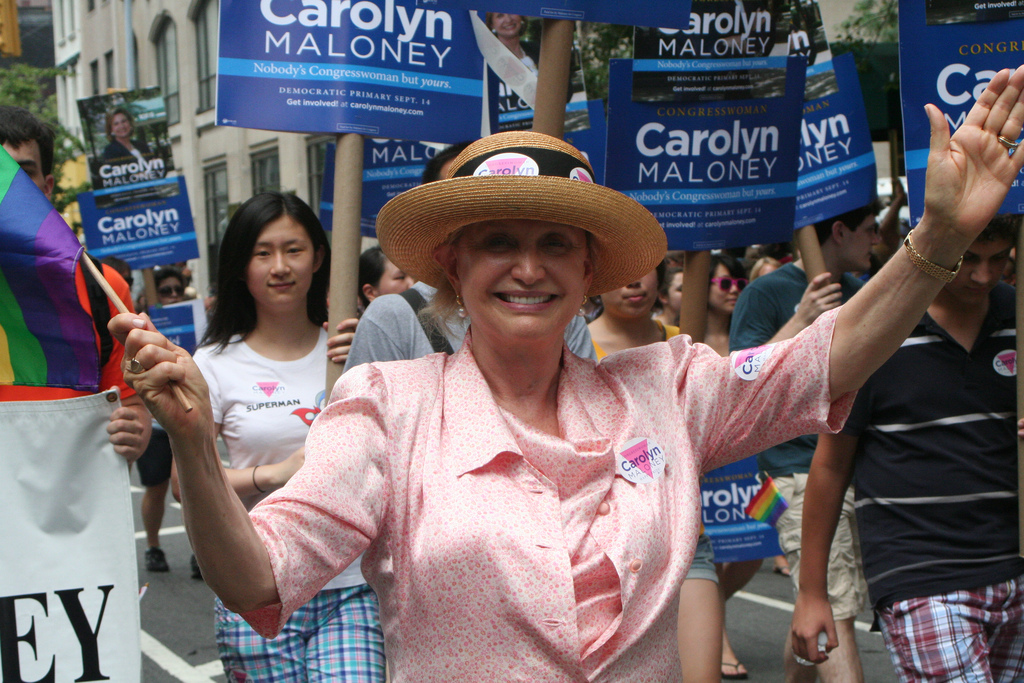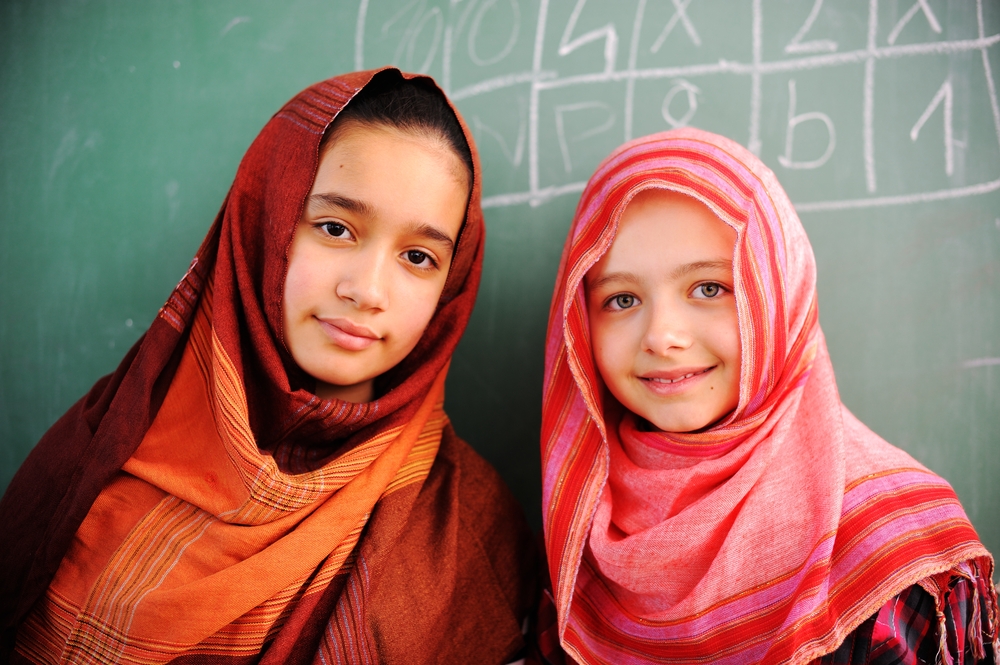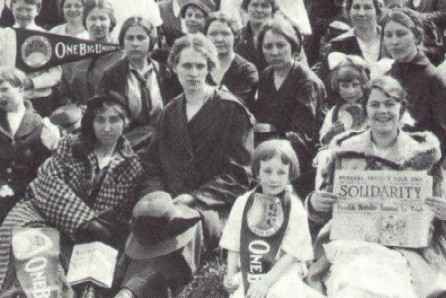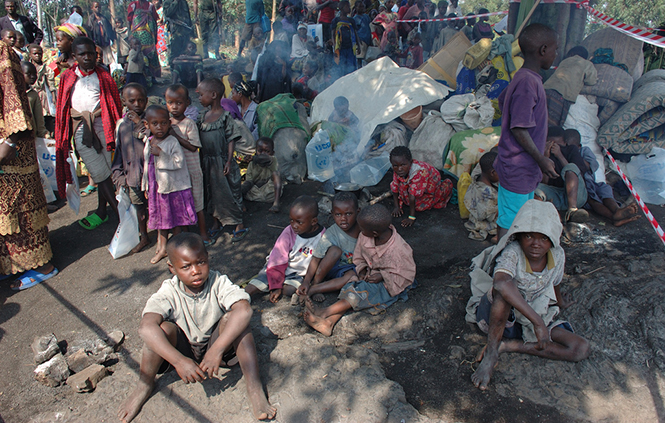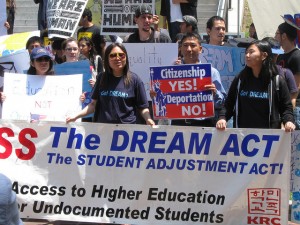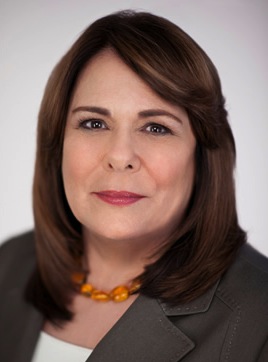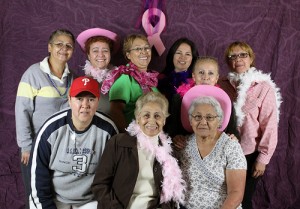by Andy Piascik.
Republished with permission from IWW.
One hundred years ago, in the dead of a New England winter, the great Bread and Roses Strike of textile workers in Lawrence, Massachusetts began. Accounts differ as to whether a woman striker actually held a sign that read “We Want Bread and We Want Roses, Too.” No matter. It’s a wonderful phrase, as appropriate for the Lawrence strikers as for any group at any time: the notion that, in addition to the necessities for survival, people should have “a sharing of life’s glories,” as James Oppenheim put it in his poem “Bread and Roses.”

Though 100 years have passed, the Lawrence strike resonates as one of the most important in the history of the United States. Like many labor conflicts of the 19th and early 20th centuries, the strike was marked by obscene disparities in wealth and power, open collusion between the state and business owners, large scale violence against unarmed strikers, and great ingenuity and solidarity on the part of workers. In important ways, though, the strike was also unique. It was the first large-scale industrial strike, the overwhelming majority of the strikers were immigrants, most were women and children, and the strike was guided in large part by the revolutionary strategy and vision of the Industrial Workers of the World (IWW).
Beyond its historical significance, elements of this massive textile strike may be instructive to building a radical working class movement today. It is noteworthy that the Occupy movement shares many philosophical and strategic characteristics with the Lawrence strike—direct action, the prominent role of women, the centrality of class, participatory decision-making, egalitarianism, an authentic belief in the Wobbly principle that We Are All Leaders—to name just a few. During the two months of the strike, the best parts of the revolutionary movement the IWW aspired to build were expressed. The Occupy movement carries that tradition forward, and as the attempts at a general strike and the shutting of the ports in Oakland as well as solidarity events such as in New York for striking Teamsters indicate, many in Occupy understand that the working class is uniquely positioned to challenge corporate power. While we deepen our understanding of what that means and work to make it happen, there is much of value we can learn from what happened in Lawrence a century ago.
A town on the brink of labor unrest
The city of Lawrence was founded as a one-industry town along the Merrimack River in the 1840s by magnates looking to expand the local textile industry beyond the nearby city of Lowell. Immigrant labor was the bedrock of the city’s development. Early on, French Canadians and Irish predominated. By 1912, when Lawrence was the textile capitol of the United States, its textile workforce was made up primarily of Southern and Eastern Europeans—Poles, Italians and Lithuanians were the largest groups, and there were also significant numbers of Russians, Portuguese, and Armenians. Smaller immigrant communities from beyond Europe had also been established, with Syrians being the largest. Though very small in number, a high percentage of the city’s African-American population also labored in textile.
Mill workers experienced most of the horrors that characterized 19th century industrial labor. Six-day workweeks of 60 hours or more were the norm, workers were regularly killed on the job, and many grew sick and died slowly from breathing in toxic fibers and dust while others were maimed or crippled in the frequent accidents in the mills. Death and disability benefits were virtually nonexistent. Life expectancy for textile workers was far less than other members of the working class and 20 years shorter than the population as a whole. It was a work environment, in short, that poet William Blake, writing about similar hellholes in England, captured perfectly with the phrase “these dark Satanic mills.”
Living conditions were similarly abominable: unsanitary drinking water, overcrowded apartments, malnutrition and disease were widespread. Thousands of children worked full time and were deprived of schooling and any semblance of childhood because families could not survive on the pay of two adult wage earners. Constituent unions of the American Federation of Labor (AFL) had no interest in organizing workers who were immigrants, “unskilled,” and overwhelmingly women and children. The local of the United Textile Workers (UTW) had a small number of members drawn, true to the AFL’s creed, exclusively from the higher-skilled, higher-paid segment of the workforce.
The IWW was also in Lawrence. The Wobblies led several job actions in 1911 and its radical philosophy resonated with mill hands far beyond the several hundred who were members. Faced with lives of squalor and brutally difficult work, despised by their employers, the political sub-class, the press, and mainstream labor, textile workers, once introduced to the IWW, came increasingly to see that militant direct action was both viable and necessary. Many had experience with militant working class traditions in their native lands—experience the IWW, in contrast to the AFL, not only respected but cultivated. Though there was an undeniable spontaneity to the Lawrence strike, the revolutionary seeds the IWW planted in the years before 1912 were also a catalyst.
Workers walk out on strike
The spark was lit on January 11, 1912, the first payday since a law reducing the maximum hours per week from 56 to 54 went into effect on January 1. Because mill owners speeded up the line to make up the difference, workers expected their pay would remain the same. Upon discovering that their pay had been reduced, a group of Polish women employed at the Everett Cotton Mill walked off the job. By the following morning, half of the city’s 30,000 mill hands were on strike. On Monday, January 15, 20,000 workers were out on the picket line. Soon, every mill in town was closed and the number of strikers had swelled to 25,000, including virtually all of the less-skilled workers. The owners, contemptuous of the ability of uneducated, immigrant workers to do for themselves, did not bother to recruit scabs, certain they would prevail quickly. By the time they realized they had a fight on their hands, the strikers were so well-organized that importing scabs was a far more difficult proposition.
Several days after the strike began, workers in Lawrence contacted the IWW’s national office for assistance, and Joe Ettor and Arturo Giovannitti were dispatched from New York to help organize the strike. Though Ettor would spend most of the two-month strike as well as the rest of 1912 in a Lawrence prison, the work he did in the strike’s early days was indispensable to victory. Radiating confidence and optimism, Smilin’ Joe had the workers form nationality committees for every ethnic group in the workforce. The strike committee consisted of elected reps from each group, and meetings, printed strike updates and speeches were thereafter translated into all of the major languages.
In addition to the democratic nuts and bolts, Ettor brought an unshakable belief in the workers to the strike. The IWW had a faith in the working class that is markedly different from the often self-serving proclamations of union organizers of today who are mostly out to build their organizations. In contrast to the all too common practice of organizers “taking charge,” Ettor displayed a fundamental belief in the ability of workers to do for themselves. He, Giovannitti, and, later, Bill Haywood and Elizabeth Gurley Flynn, made every aspect of the strike a learning experience. As the strikers worked to achieve greater power in the short term by winning their demands, many came to see that the society could not function without workers and that there was no job or task that was beyond the collective skill of the working class.
Ettor, Haywood, and Flynn also provided a vision of workers managing society, underscoring that it was an achievable goal. Without ever downplaying the particularities of the strike or of the strikers’ lives, they boldly proclaimed their opposition to the capitalist system and encouraged the Lawrence workers to explore what that meant. In practice, the vision of a new world played out in the decision-making process, the support services the strikers established with the help of contributions from around the country (soup kitchens, food and fuel banks, medical clinics, free winter clothing and blankets) and in direct action on picket lines, in the courts, during the strike’s many rallies and parades, and in the IWW’s insistence that all negotiating be done directly by rank and filers.
Perhaps the most important of the IWW’s contributions was its incessant emphasis on solidarity. The only way to victory, they emphasized, was unity and the only way to unity was to respect the language and culture of each nationality group. Ettor, Haywood and the other Wobblies understood that solidarity did not mean dissolving differences; it meant enriching the experience of all by creating space for each to participate in their own way. They encouraged the workers to view each other that way and emphasized again and again that the only people in Lawrence who were foreigners were the mill owners (none of whom lived in town). With each passing day, the strikers’ solidarity increased. They came to understand that solidarity was not just the only way they could win the strike; it was also the only way to build a better world.
So inspired, the strikers rose to every challenge. They circumvented injunctions against plant-gate picketing with roaming lines of thousands that flowed through Lawrence’s streets and turned away would-be scabs. After early incidents where some scabs were attacked, they embraced Ettor’s emphasis on nonviolent direct action without ever diminishing their militancy. When Massachusetts Governor Eugene Foss—himself a mill owner—pleaded with them to return to work and accept arbitration, the workers refused, recognizing the offer as a ploy that would leave their demands unaddressed. Whenever strikers were arrested (as hundreds were), supporters descended en masse to Lawrence’s courtroom to express their outrage.
The involvement of women was absolutely crucial to victory, beginning with the rejection of the self-destructive violence of some male strikers. Though the IWW’s record on promoting female leadership was spotty at best, Ettor and the other Wobblies in Lawrence were sensible enough to let the women’s initiative fly free. The presence of Flynn, the “Rebel Girl,” was a factor, but the large-scale participation of women resulted overwhelmingly from the efforts of the women themselves. Knowing all too well that violence always reverberates hardest on those on society’s lowest rungs, women strikers called the men on their beatings of scabs and their fights with police and militia. It was women who moved to the front of many of the marches in an effort to curtail state violence against the strike (though the police and militia proved not at all shy about beating women and children as well as men). It was also the women who led the way in the constant singing and spontaneous parading that was such a feature of the strike that Mary Heaton Vorse, Margaret Sanger and numerous others remarked at length about it in their accounts of Lawrence. And it was the women who made the decision to ship children out of town to supportive families so they would be better cared for. A common practice in Europe unknown in the United States, the transporting of children drew much attention to the strike, first because it revealed much to the world about living conditions in Lawrence and later because of the stark violence of the police who attacked a group of mothers attempting to put their children on an outbound train.
State violence was so extreme that it may actually have aided the strikers’ cause, as there were outcries from around the country over the police killings of a young woman and a 16-year-old boy as well as the large-scale beating of women and children. There were also national howls of outrage when strikers were arrested for “possessing” dynamite in what turned out to be a crude frame (it was later determined that a prominent citizen close to the mill owners had planted it). Similarly, the Stalin-esque jailing of Ettor and Giovannitti without bail as “accessories before the act of murder” in the police killing of Annie LoPizzo, was widely criticized and served only to spur the strikers on.
In the end, in the face of the state militia, U.S. Marines, Pinkerton infiltrators and hundreds of local police, the strikers prevailed. They achieved a settlement close to their original demands, including significant pay raises and time-and-a-quarter for overtime, which previously had been paid at the straight hourly rate. Workers in Lowell and New Bedford struck successfully a short while later, and mill owners throughout New England soon granted significant pay raises rather than risk repeats of Lawrence. When the trials of Ettor, Giovannitti and a third defendant commenced in the fall, workers in Lawrence’s mills pulled a work stoppage to show that a miscarriage of justice would not be tolerated (the three were subsequently acquitted).
Longer-term, the strike focused national attention on workplace safety, minimum wage laws and child labor. Though change in these areas was still too slow in coming, it did come and it came much sooner because of Lawrence. Locally, patriotic forces campaigned vigorously against “outside agitators” in the years after the strike and IWW membership eventually slid back to pre-strike levels. Still, despite tremendous repression, the IWW maintained a solid local chapter in Lawrence until the state effectively destroyed the organization with a massive campaign of jailings, deportations, lynchings and other violence after U.S. entry into World War I.
But just as it was never the IWW’s objective to gain official recognition from employers, its accomplishments should not be measured by its membership rolls or the limited span of it organizational presence. The goal was to build a revolutionary movement of the working class and the Wobblies implemented the strategy for achieving that end in Lawrence. This is not to say the IWW was without weaknesses in building lasting organization; it was and there are lessons for Occupy and all future movements to learn from those weaknesses. However, the IWW’s weaknesses are ones that virtually every radical group from the Knights of Labor to the Student Nonviolent Coordinating Committee (SNCC) and Students for a Democratic Society (SDS) share. These weaknesses speak more to the difficulty of building a revolutionary movement than to specific organizational flaws. The fact that the Wobblies were not able to sustain the great work they did over a longer period does not detract from the thoroughgoing way they imbued the Bread and Roses strike with revolutionary values, strategy and vision.
Lessons from the Strike
There are several aspects of the Lawrence strike that may be helpful to building a radical working class movement today. One is the symbiotic relationship between the strikers and the IWW. Since at least the bureaucratization of the Congress of Industrial Organizations (CIO) 70 years ago, unions have approached organizing workers with the goal of building membership rolls, as opposed to building working-class power. The type of organization workers may want, not to mention what they may want beyond organization, has been largely irrelevant. The choices that workers are presented with are quite limited: join one or another top-down union, or else fight on alone. The best features of pre-union formations—direct democracy, easy recall of representatives, requirements that all officers remain in the workplace, widespread rank-and-file initiatives, and so forth—are almost always killed quickly after affiliation. Workers will reject top-down approaches and embrace unionism that speaks to their needs if they are given the chance. The fact that they are not presented such an option is neither accidental nor inevitable; it is because the union bureaucracy is as threatened by an independent rank and file as any employer.
Workers are not even really free to join the union of their choosing. Once an exclusive bargaining representative is chosen, no matter how that’s determined, the affected workers cannot easily join any other labor organization and only do so at the risk of expulsion and loss of employment. The IWW, rather than seeking to ensure itself a steady flow of dues revenue, sought to challenge capitalism. Through direct action, particularly strikes, the working class would learn how to fight capital and in so doing would discover and develop its own potential until it was strong enough to wrest control of work away on a massive scale. That goal remains. To build such a movement today and on into the future, we will either have to do away with many of organized labor’s entrenched ways or increasingly circumvent mainstream unions altogether, much as is happening so far with Occupy.
The flip side of the IWW/striker relationship in Lawrence is that the workers did not strike to gain unionization or even to get a contract. They struck over specific demands while understanding the need to change the balance of their relationship with mill owners. Early on, they sensed intuitively what they came to understand explicitly as the strike lengthened: that politicians and the courts were against them almost as completely as the bosses and Pinkertons were. When Governor Foss offered arbitration in an attempt to end the strike without addressing any of their demands, for example, the workers refused. Their distrust extended not just to the owners but to the machinery of the state, not to mention the top-down UTW—whose head attacked them relentlessly throughout and whose members scabbed from the outset. The strikers embraced the IWW philosophy of doing for themselves while utilizing its highly developed solidarity network because their experience showed them it was the only way they could win.
A second possible lesson from Lawrence is a feminist approach to organizing. Though the IWW too often adopted an approach premised on rugged (male) individualism that relegated women to secondary roles, that was not the case in Lawrence. Rather, its radical approach encouraged women strikers and supporters to act in highly creative ways. Whenever women workers in Lawrence struggled with the men for full participation, Flynn and the other Wobblies sided with them. It is impossible to imagine the strikers winning otherwise, and though Ettor, Haywood, and Flynn’s efforts on this score were not insignificant, it was the tireless work of thousands of rank and filers that proved decisive
The degree to which women took to heart Ettor’s declarations that striker violence would inevitably boomerang a hundredfold was also crucial. Few believed that a non-violent approach would cause the state to reciprocate, certainly not as the strike progressed and state violence escalated, nor did it necessarily mean that an absolute principle of nonviolence was appropriate in all situations. In Lawrence, however, it was clear early on that the strikers would lose if the physical confrontations that have been so prominent in the almost apocalyptic vision that many men through history have brought to the class struggle continued. The women, more than the men, understood that the complete withdrawal of their labor was the strongest blow the workers could strike. In the end, it was the ability to keep the mills almost completely non-functional for two months that won the strike.
Women were also at the heart of the singing and parading that characterized
the Bread and Roses strike. Surrounded by enemies, with death a very real possibility, the Lawrence strikers, the women most of all (much like the black liberation activists in the Deep South in the early 1960s, also mostly women), sang to foster strength, courage and solidarity. Their songs and that tradition echo as loud and true as a drum circle through Occupy.
Lastly, Lawrence was the first major strike along industrial lines. Not only did the strike inspire other textile workers, it made real the IWW goal of organizing wall-to-wall. The violent suppression of the IWW forestalled capital’s day of reckoning, but the seed had been planted. When industrial organizing exploded two decades later, it was thoroughly Wobbly-esque, especially in the sit-down strike with its explicit challenge to private ownership. Again, the degree to which Occupy implicitly understands the importance of such approaches is one of its great strengths. The massive withdrawal of labor, the large scale Occupation of workplaces—these are lessons of Lawrence, direct and indirect, that Occupy (as well as movements of the future) carry forward and do well to consider more deeply. In so doing, we can perhaps begin to create a world where everyone has both sufficient bread to eat and “life’s glories” as vivid as the reddest roses.
This story will appear in the March 2012 issue of the Industrial Worker.


